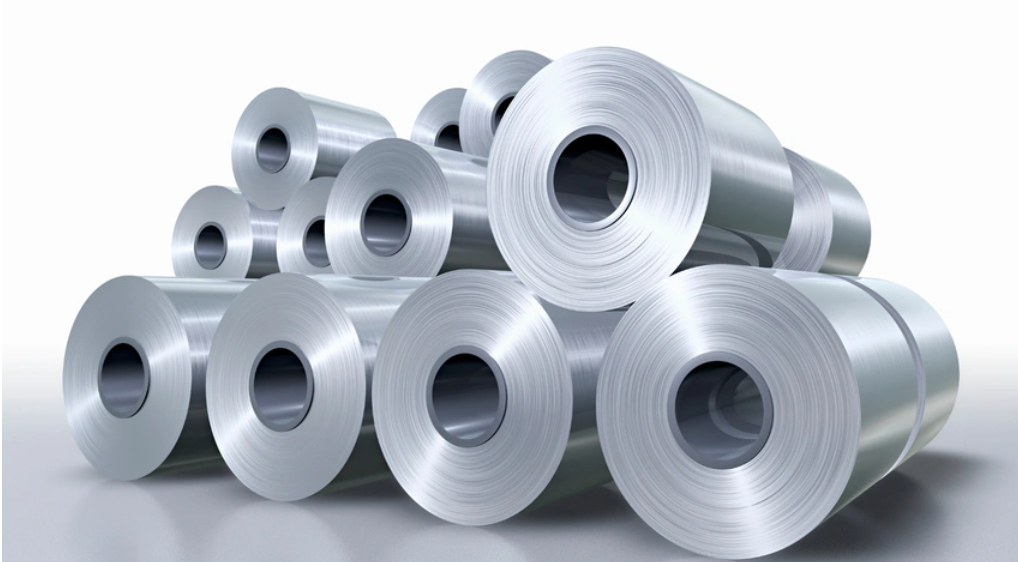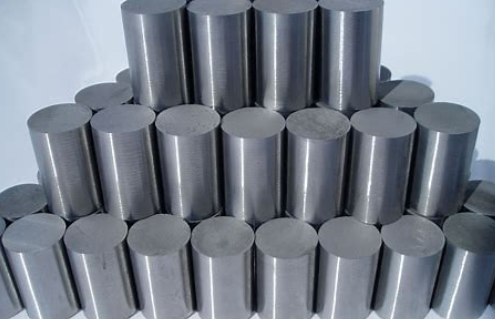Article directory
Researchers in Japan are using artificial intelligence to create stronger metal alloys or discover new materials and revolutionize manufacturing processes
Overview
- Researchers in Japan have developed a two-step technique to make nickel-aluminum alloys used in the aircraft industry stronger.
- The new technology shows how machine learning can transform a field of science that has traditionally relied on trial and error.

Artificial intelligence is revolutionizing the discovery of new or stronger materials that will transform manufacturing.
Researchers in Japan have developed a new two-step technique that can increase the strength of nickel-aluminum alloys at high temperatures. The material, which combines two metals and is widely used in aircraft and other industries, surpasses the ability to heat the metals. traditional method.
The method uses artificial intelligence to pinpoint various thermal aging schedules. Jake Thiede, chief operating officer of InFLOWS AI, who was not involved in the research, said in an interview: "AI is useful in materials because you can virtualize experiments to make predictions that are quite high. Run thousands of experiments with accuracy."
"Materials have many different properties that you might be trying to balance, including properties of the finished product and performance under various conditions. The AI system is very useful because Excel only has billions of different possible combinations on the output side and Variable performance comes into play.”
Tougher alloy

Scientists from Japan's National Institute of Materials Science and Nagoya University said the new materials technology shows how machine learning can transform a field of science that has traditionally relied on trial and error.
problem research
To solve this problem, researchers must study how nickel-aluminum alloys are formed. To make these alloys stronger at high temperatures, it is critical to control the size and amount of phases formed during thermal aging.
There are many possible combinations of temperature and time. For example, breaking down the aging process into 10 parts, at 9 different temperatures, yields approximately 3.5 billion combinations. Because of this, early attempts to find optimal aging schedules mostly used constant temperature.
solution
The research team first used computer simulations rather than experiments to save time and money in evaluating these combinations. However, simulating all 3.5 billion combinations is still unrealistic.
The team then used an artificial intelligence algorithm calledMonte Carlo Tree Search (MCTS) to narrow these combinations down to smaller ones. Best combination for small quantities. They found that using MCTS's 110 modes was better than the usual constant temperature aging.
At first, these new modes seem complicated and very different from the usual methods. But upon closer inspection, the researchers figured it out: Starting with a short period of high-temperature aging, the γ´ particles grew to almost the right size, and then aged for a longer time at a lower temperature, preventing them from growing in size while increasing in number. Too big.
Armed with this insight, they created a new two-step aging method: short-term high-temperature aging, followed by long-term low-temperature aging. This method makes the nickel-aluminum alloy stronger at high temperatures than any alloy made with any pattern discovered by artificial intelligence.
New Materials Artificial Intelligence

Existential challenges
Designing new alloys is a complex task. Tanner Kirk, a materials design engineer at materials consulting firm QuesTek, said in an interview that creators must decide on factors such as which elements to use, their quantities, and the right combination of processing temperatures and times to achieve optimal structure and functionality. .
Researchers must ensure that the alloy meets all basic properties, including strength, flexibility, weight, corrosion and wear resistance, longevity and cost. Artificial intelligence can search this vast space more efficiently than humans can, finding the best possible alloys.
Many scientists are now combining computer models that simulate material behavior, known as integrated computational materials engineering, or ICME, with artificial intelligence optimization methods to explore various materials and achieve optimal designs, Kirk said.
Method exploration
These AI-enhanced technologies allow designers to consider more variables simultaneously, often resulting in better designs. Some AI methods, such as Bayesian optimization, can even recommend the next experiment to perform, often reducing model uncertainty or increasing the chance of finding a better design.
Another increasingly popular way in which artificial intelligence is used in materials design is through the creation of agent models. These models mimic the accuracy of detailed first-principles models but require much less computing power. For example, calculating the behavior of certain materials might normally take hours or days, but with these AI models, it can be done in just seconds. This speedup is valuable in the design process because it allows designers to quickly evaluate more potential designs.
Artificial intelligence models for predicting material behavior are increasingly common, but they often do not include physics-based elements, making them less reliable outside of training. These models lack physical principles and can lead to unpredictable results. Adding physical understanding to artificial intelligence models in materials science is a key research area expected to boost their use by materials scientists and engineers.
Thiede said companies are getting better at collecting the data needed to power materials selection systems, where the properties of individual molecules are scrutinized. When this level of analysis becomes possible, there is an opportunity to virtually test new materials that have never been used in the real world.
With a database of molecules and their properties, coupled with artificial intelligence models that predict how unknown molecules will behave under different conditions, it will be possible to discover new materials, drugs and proteins, Thiede said. For example, Insilico Medicine is using it to develop a drug called INS018_055 to treat idiopathic pulmonary fibrosis. NotCo is using it to find unique proteins for plant-based milks. In materials science, it is used to understand and create new ceramics, polymers, etc., similar to the research and understanding of the "ceramic genome."
One way to make AI models easier to understand is through symbolic regression, Kirk said.
This technique produces standard analytical equations with terms that have physical relevance in the real world. These equations are similar to phenomenological equations that have long been used by scientists and engineers. Because these equations are more familiar, they are likely to become more widely accepted and used in the field.
Kirk added: “With the emergence of large language models, or LLMs, that can write executable code, it is foreseeable that future artificial intelligence material models can be generated for even the most complex behavioral models.". Interpretable logic